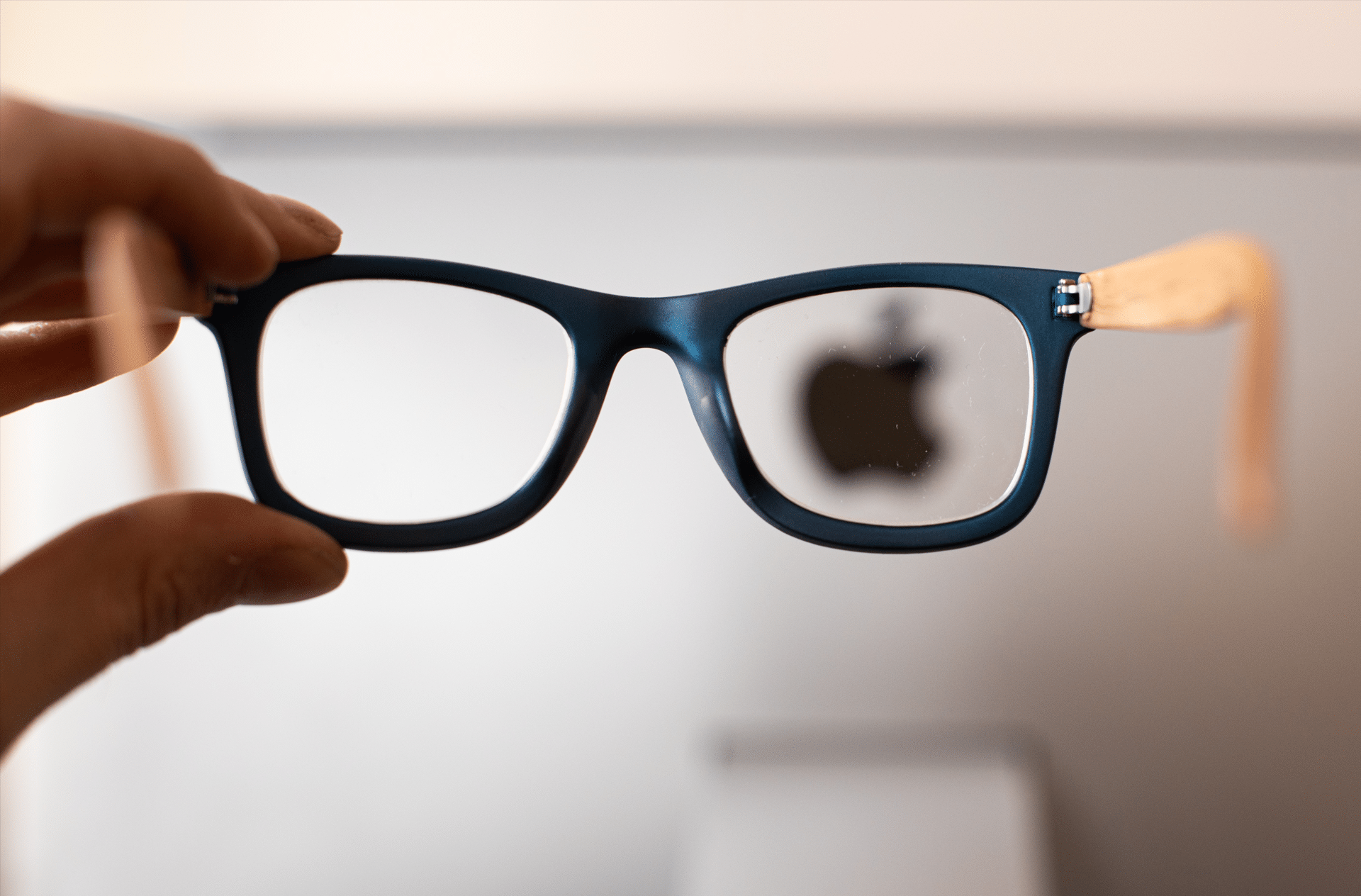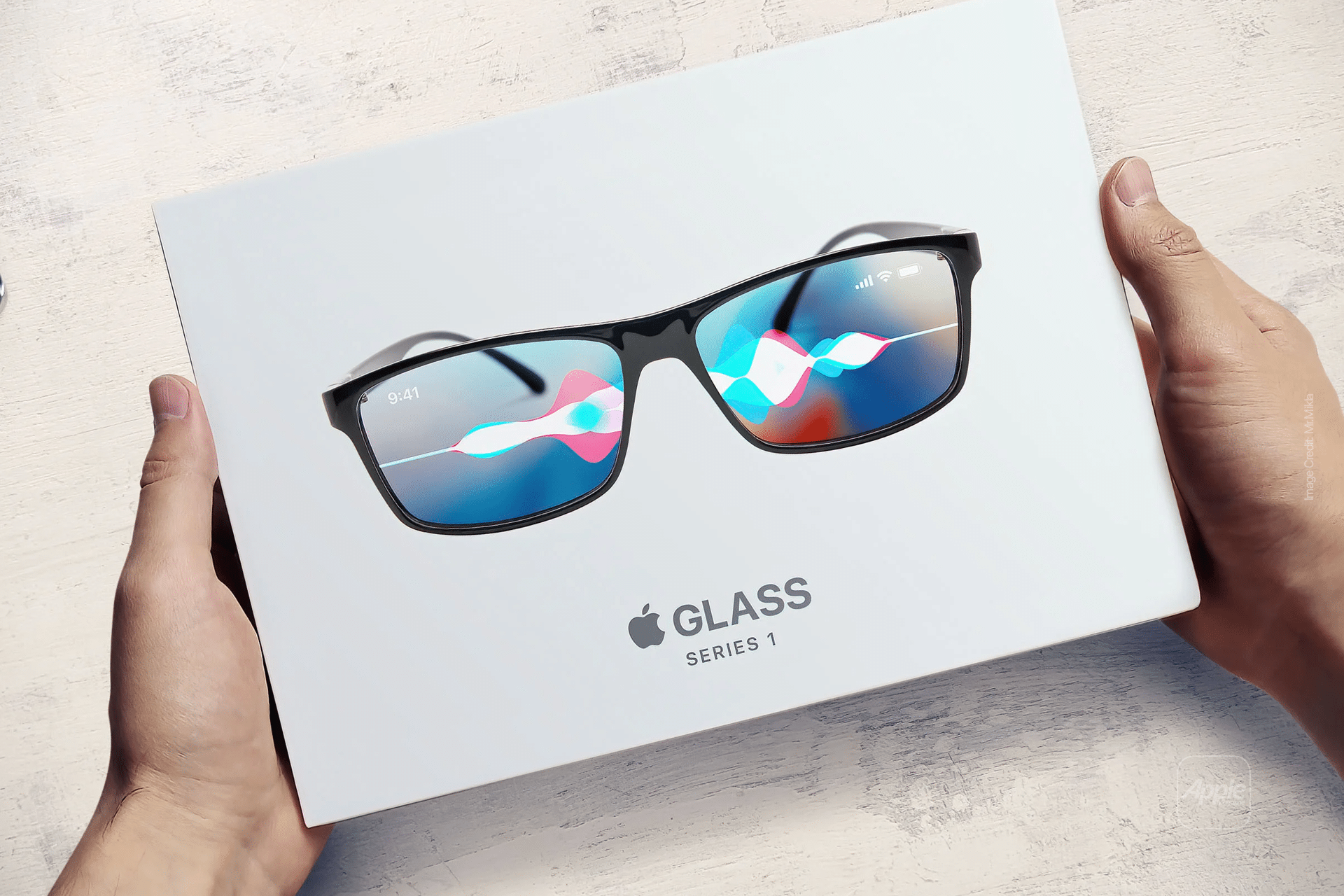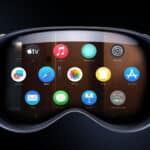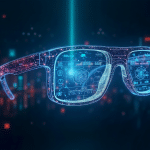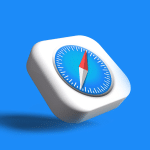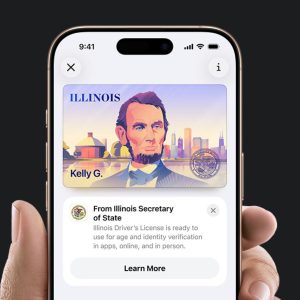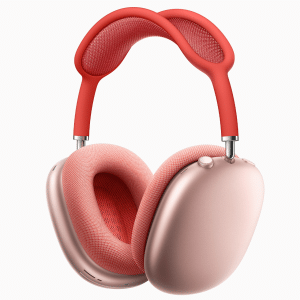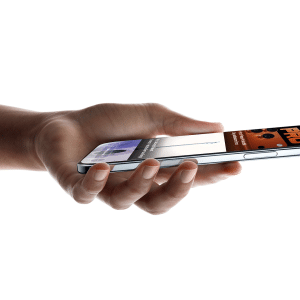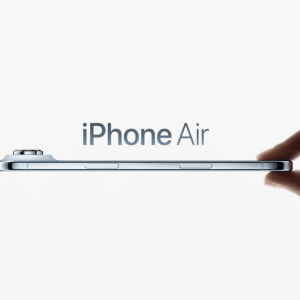Apple’s N50 glasses are designed to prioritize practicality over the full AR experience. Gurman reports the glasses will leverage Apple Intelligence, the company’s AI platform, to enable features like real-time object recognition and voice-activated controls via Siri. These capabilities mirror those of Meta’s Ray-Ban glasses, which have gained traction for their discreet tech integration. By focusing on audio, AI, and lightweight design, Apple aims to create a product that’s comfortable for all-day wear without the bulk of a headset.
The decision to forgo advanced AR displays stems from technical challenges. True AR glasses, which overlay digital content directly onto the wearer’s field of view, require miniaturized components and high-resolution displays that remain years away from consumer viability. Bloomberg notes that Apple’s earlier AR project, a Mac-tethered device codenamed N107, was scrapped due to impractical compromises, such as excessive power demands. The N50, by contrast, is a more feasible step, aligning with Apple’s strategy of refining technology for mass appeal.
Competing in a Growing Market
The smart glasses market is heating up, with Meta’s Ray-Ban collaboration setting a benchmark. These glasses, equipped with cameras and AI assistants, have resonated with users for their stylish design and functionality. Apple’s N50 appears poised to challenge this, potentially integrating with the iPhone ecosystem for seamless connectivity. Posts on X highlight enthusiasm for Apple’s approach, with some noting the glasses could act as a “lite Vision Pro,” combining AI-driven features with everyday usability.
However, Apple faces stiff competition. At CES 2025, companies like Rokid and Even Realities showcased lightweight smart glasses with innovative features, such as on-screen notifications and privacy-focused designs. ZDNET reported that these devices are pushing the boundaries of what smart glasses can do, from real-time navigation to subtle AI interactions. Apple’s challenge will be to differentiate the N50 while maintaining its signature polish and ecosystem integration.
Why It Matters for Users
For tech enthusiasts and casual users alike, the N50 could make advanced technology more accessible. By embedding Apple Intelligence, the glasses promise practical benefits: think hands-free navigation, instant translations, or contextual information about your surroundings. For example, a user could ask Siri to identify a landmark or summarize a notification without pulling out their iPhone. This aligns with AppleMagazine’s focus on tech that enhances daily life without overwhelming users with complexity.
The glasses also signal Apple’s long-term commitment to spatial computing. While the Vision Pro targets professionals and early adopters, the N50 could democratize AR-like experiences. As Gurman suggests, Apple is betting on a 2027 launch window, giving the company time to refine the design and address privacy concerns, such as whether the glasses will include cameras for media capture. This cautious approach reflects Apple’s history of entering markets with polished, consumer-friendly products.
A Glimpse Into Apple’s Future
Apple’s pivot to the N50 underscores its pragmatic approach to AR. While the company continues to explore true AR glasses—potentially launching by 2030, per AppleInsider—the N50 is a bridge to that future. It builds on lessons from the Vision Pro, which introduced visionOS as a foundation for spatial computing. The glasses could run a lightweight version of visionOS, ensuring compatibility with Apple’s ecosystem while keeping costs down.
For now, the N50 remains in development, with no confirmed release date. Yet its focus on AI and practicality positions it as a potential game-changer. As Apple refines this technology, users can expect a product that blends innovation with the accessibility that defines the brand.
